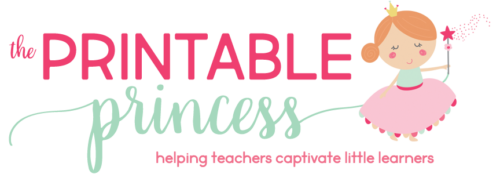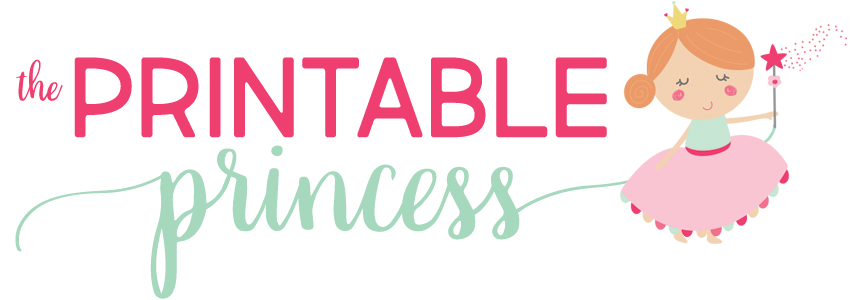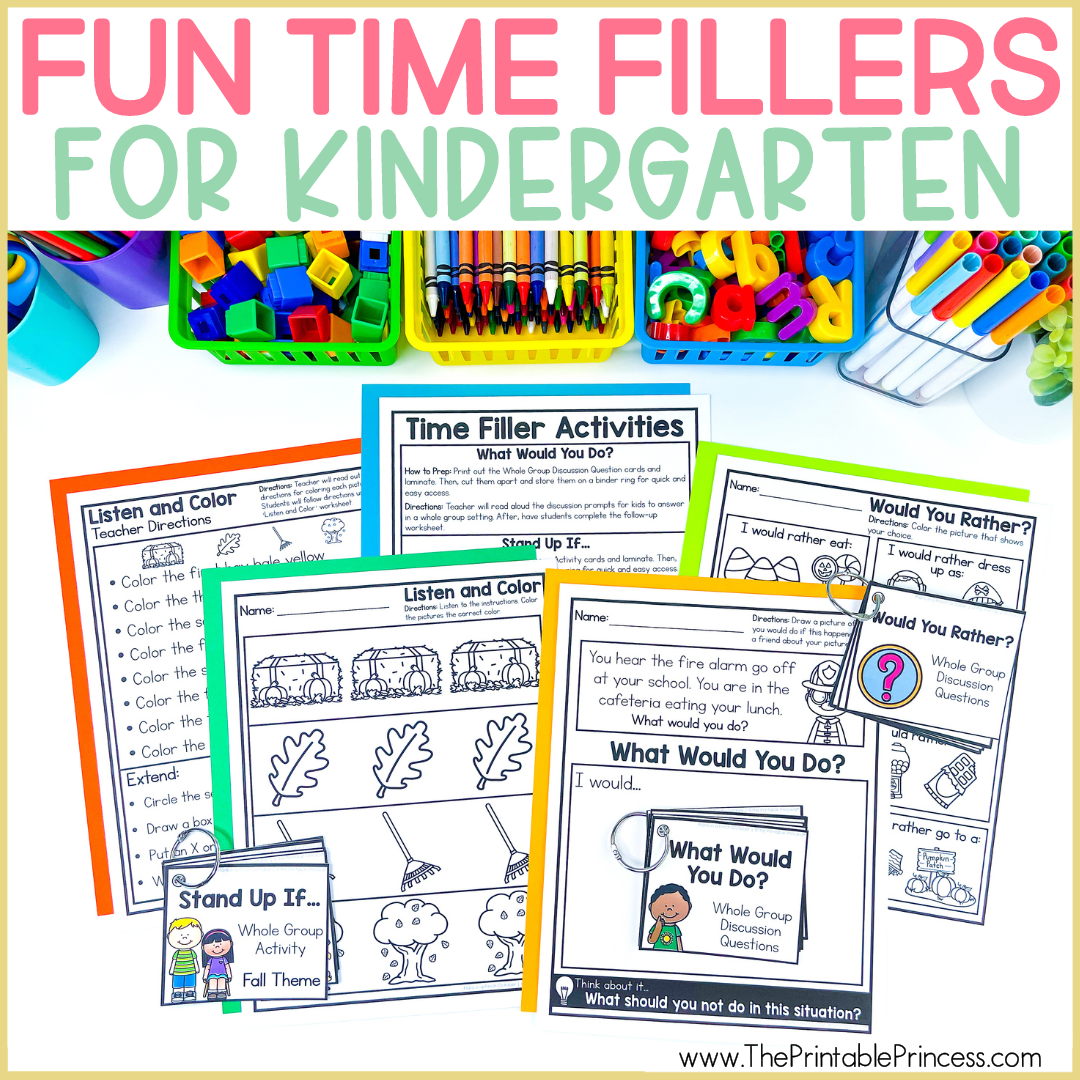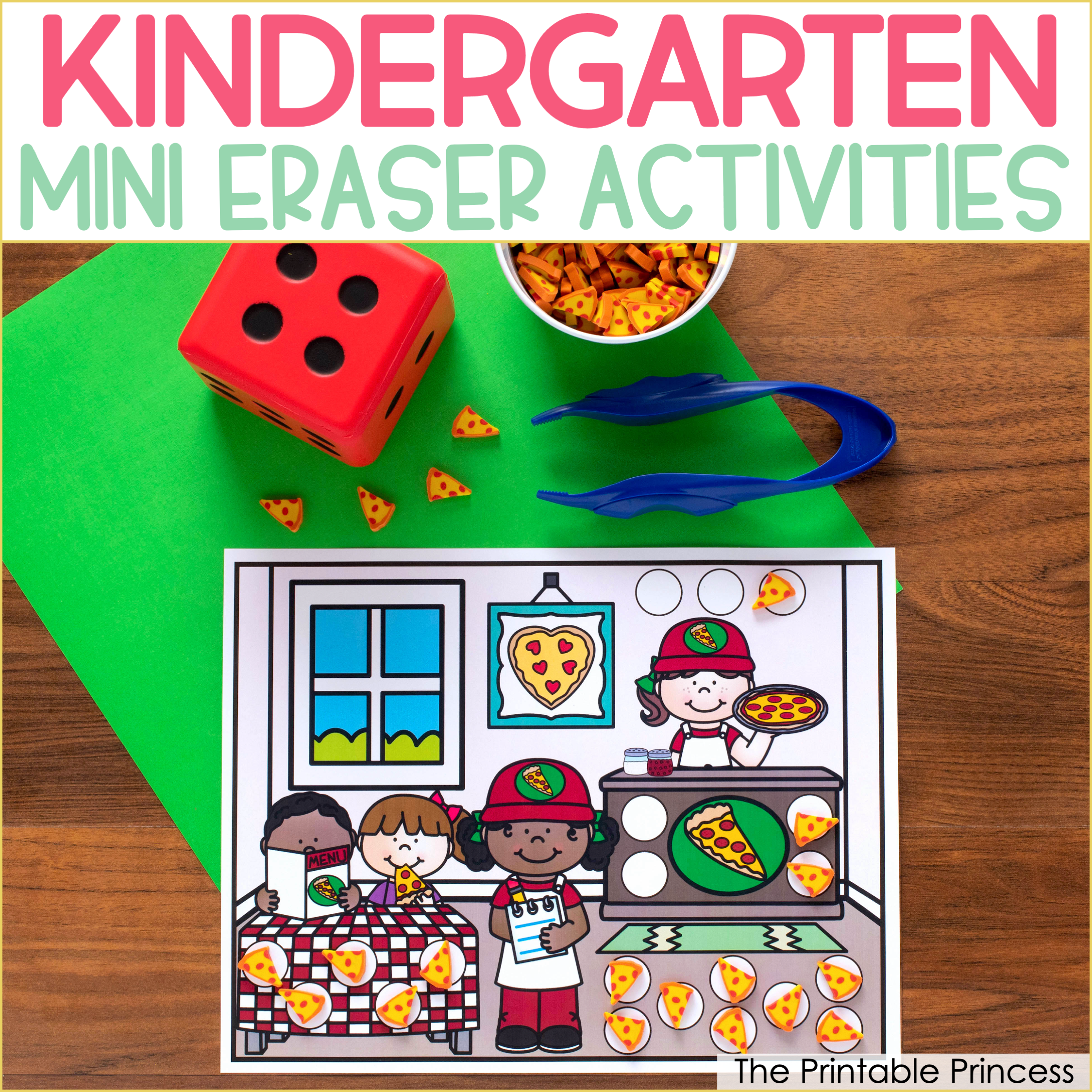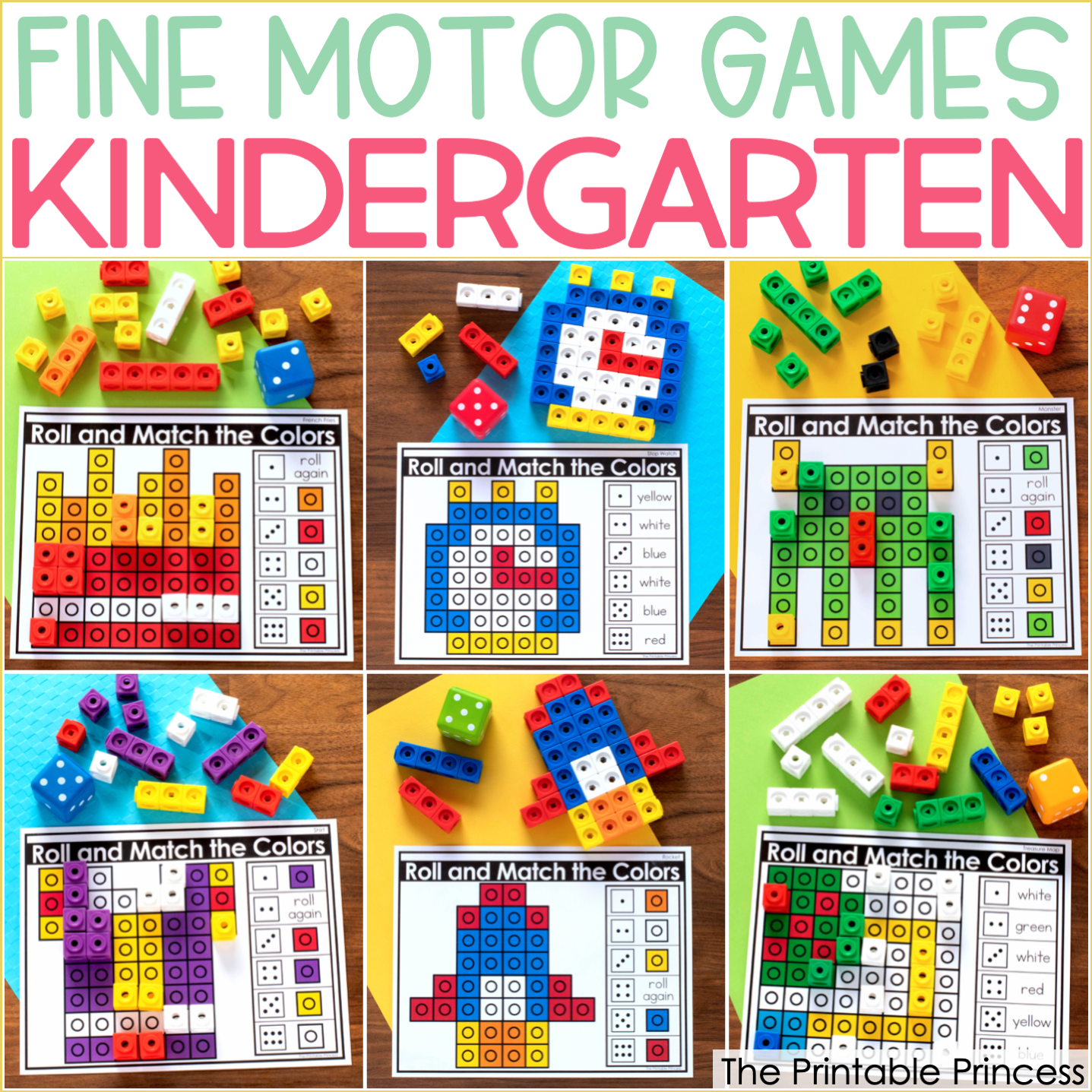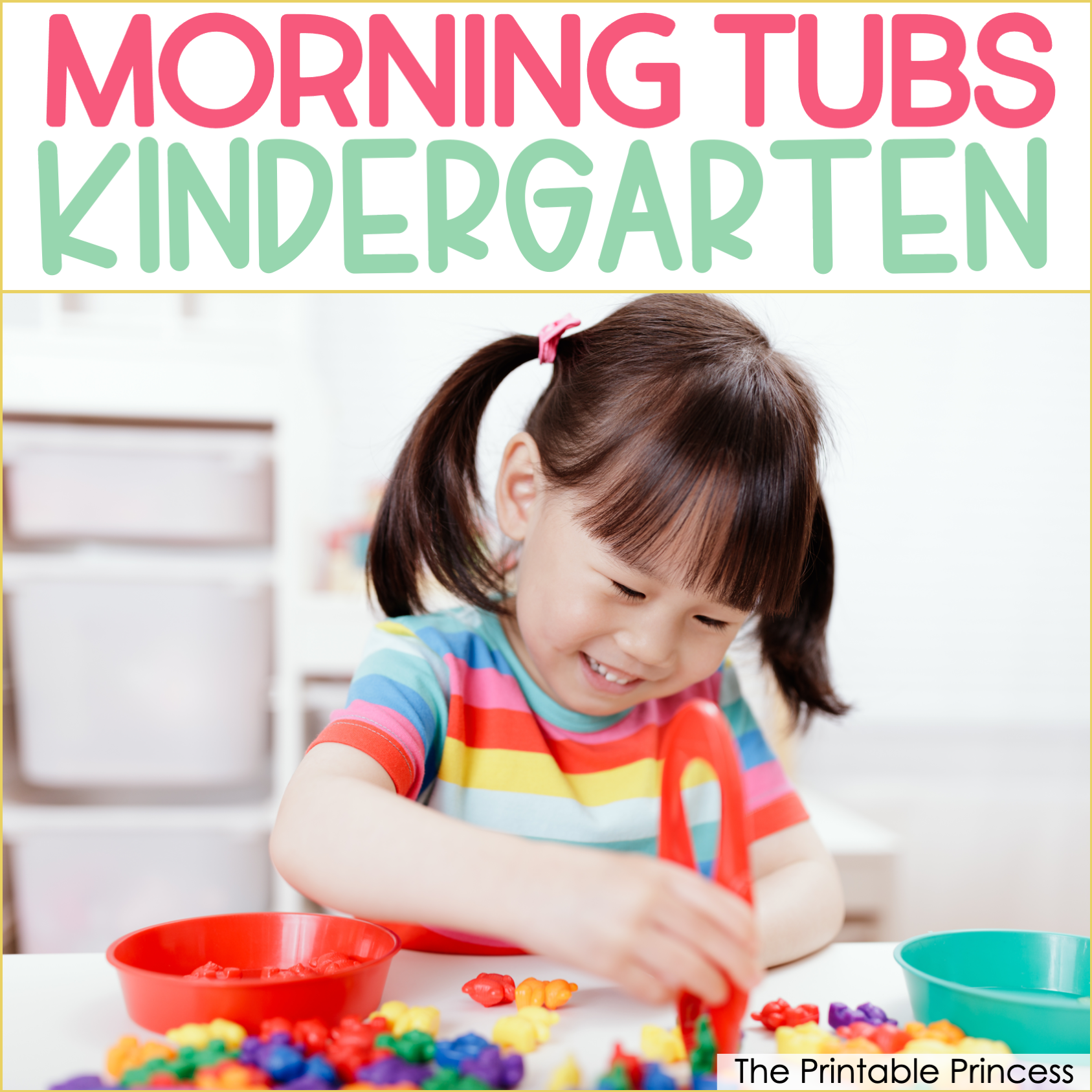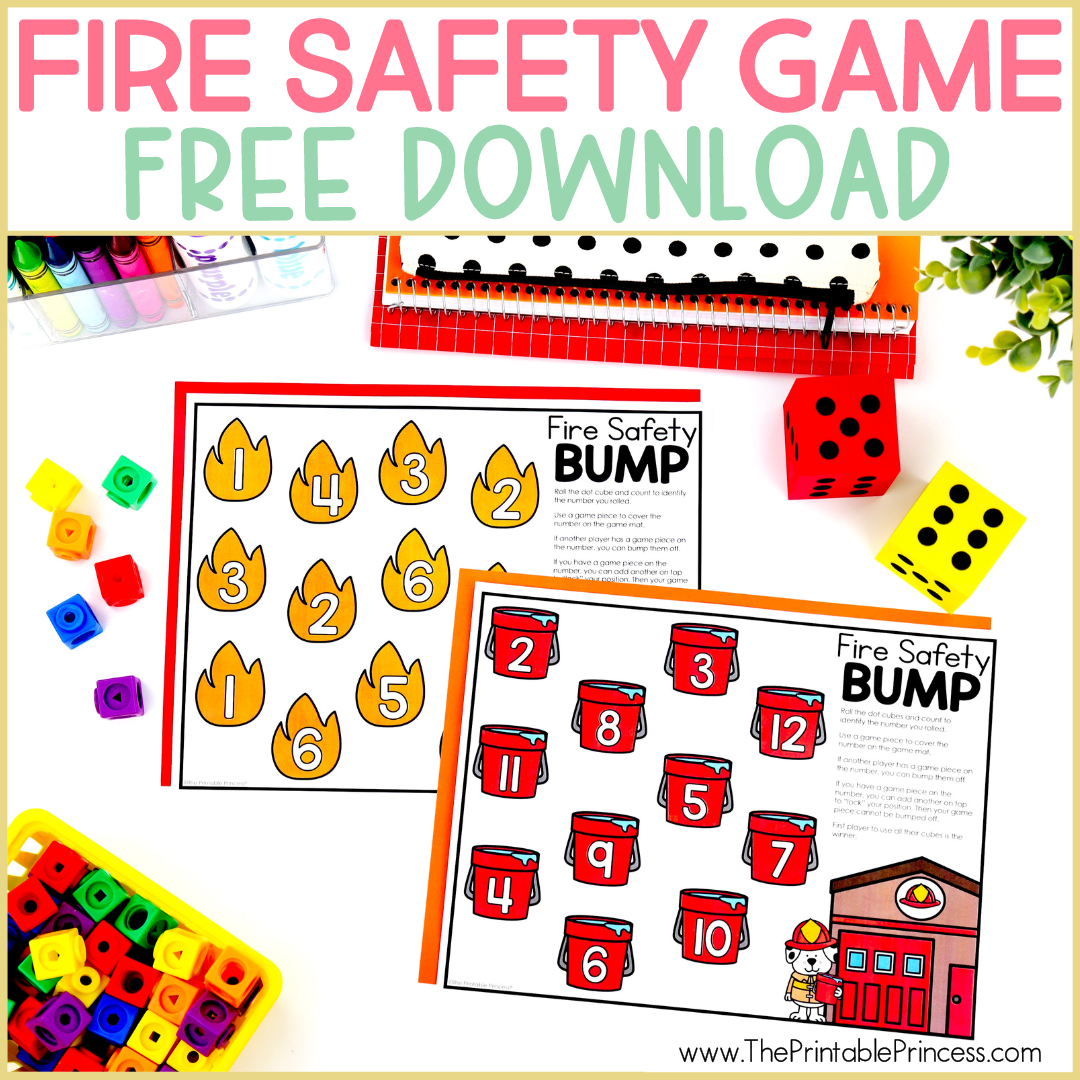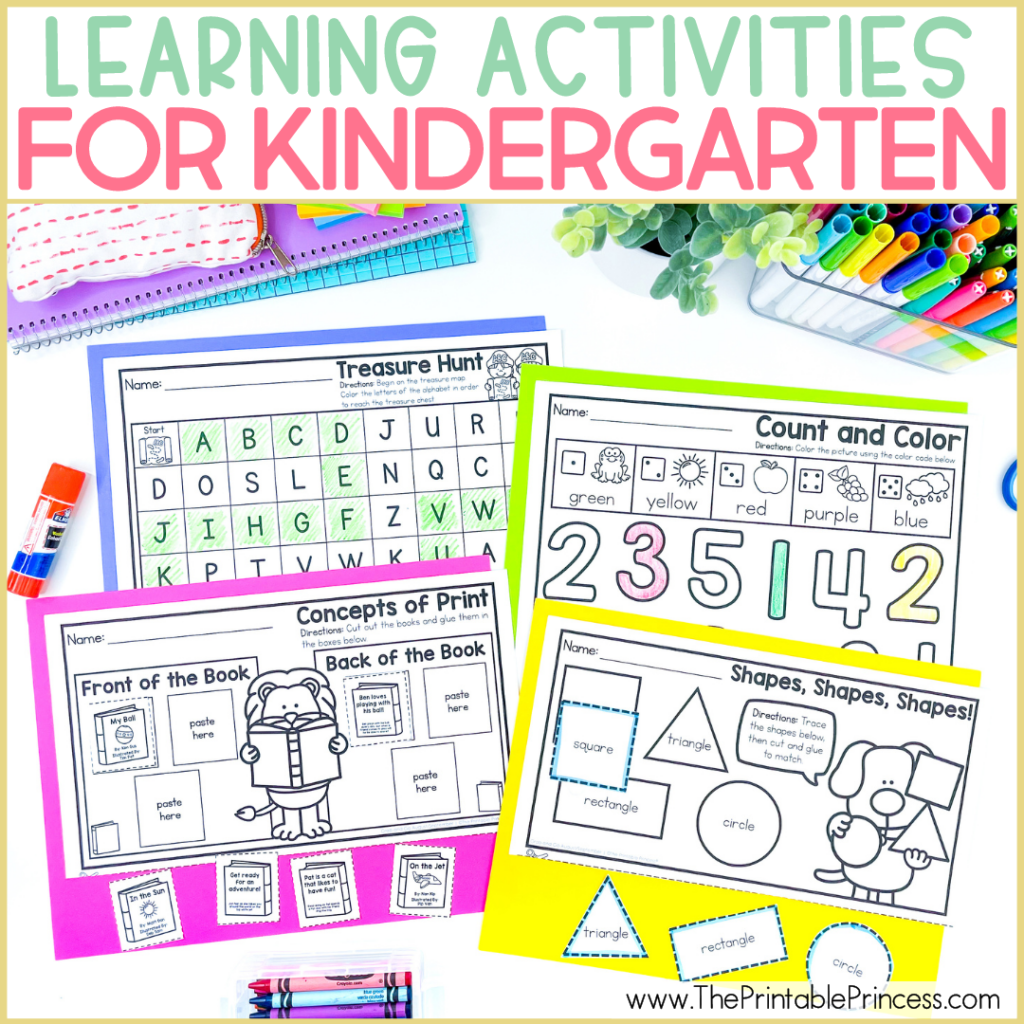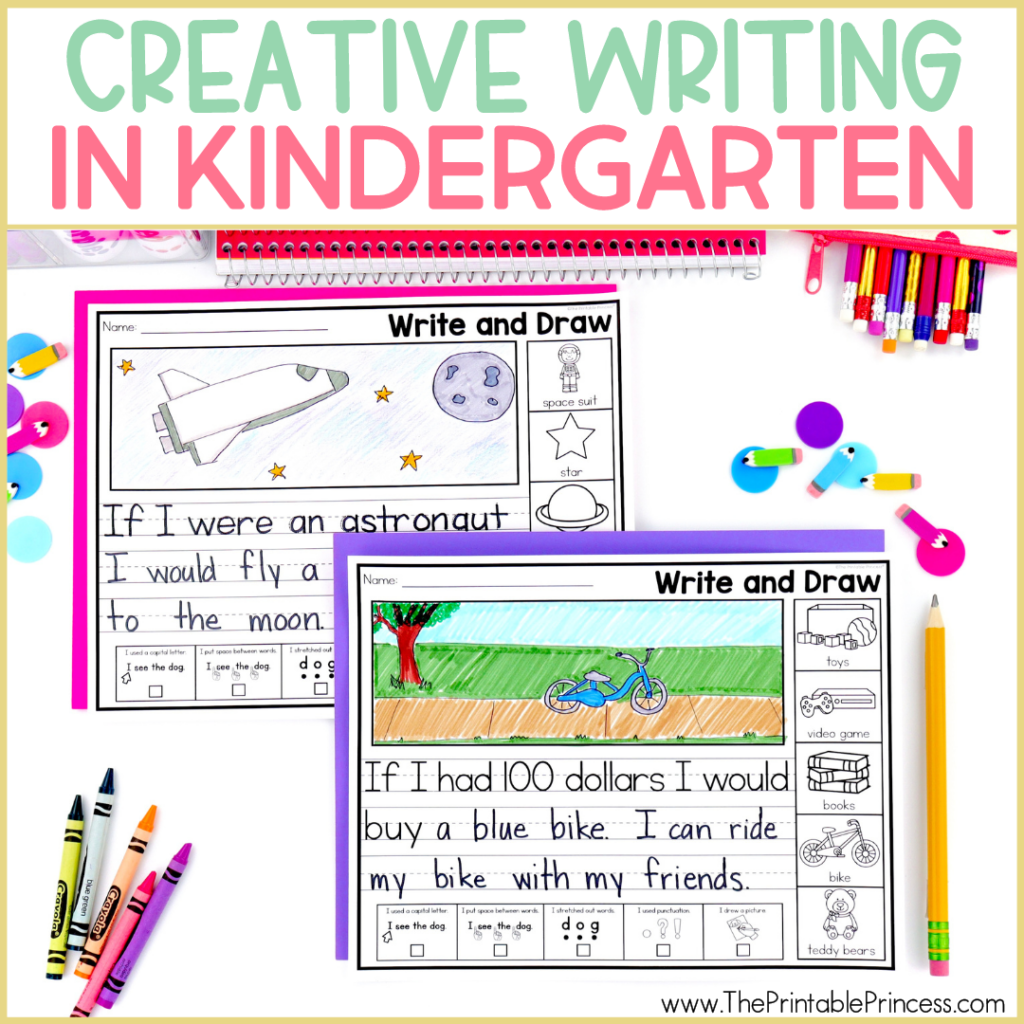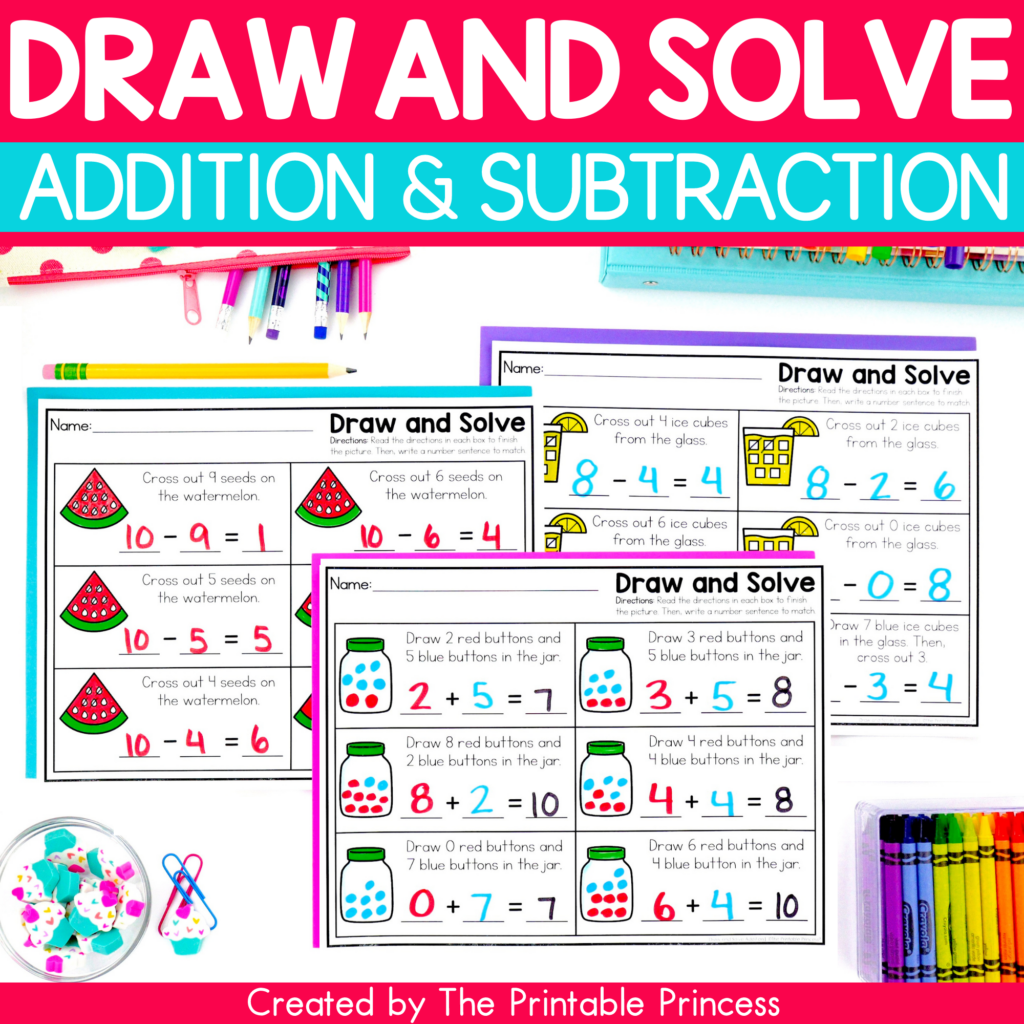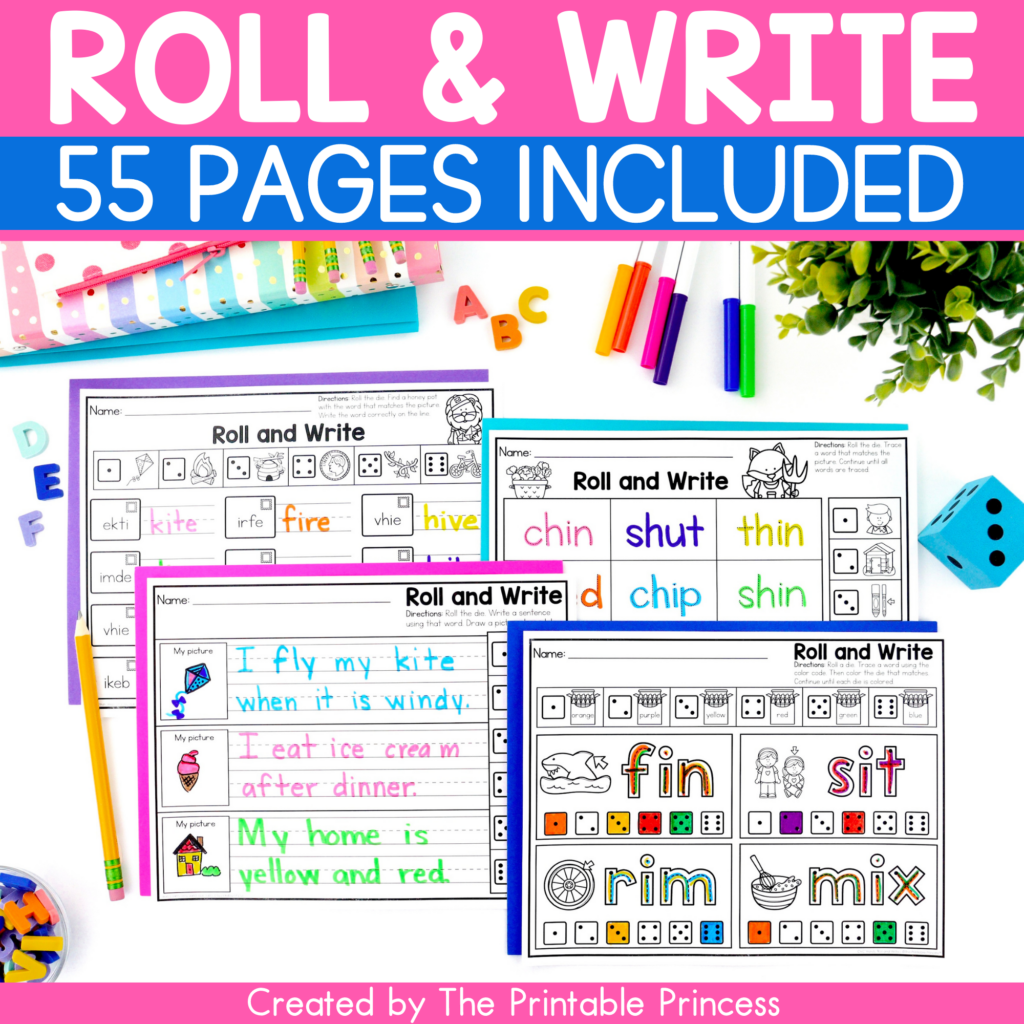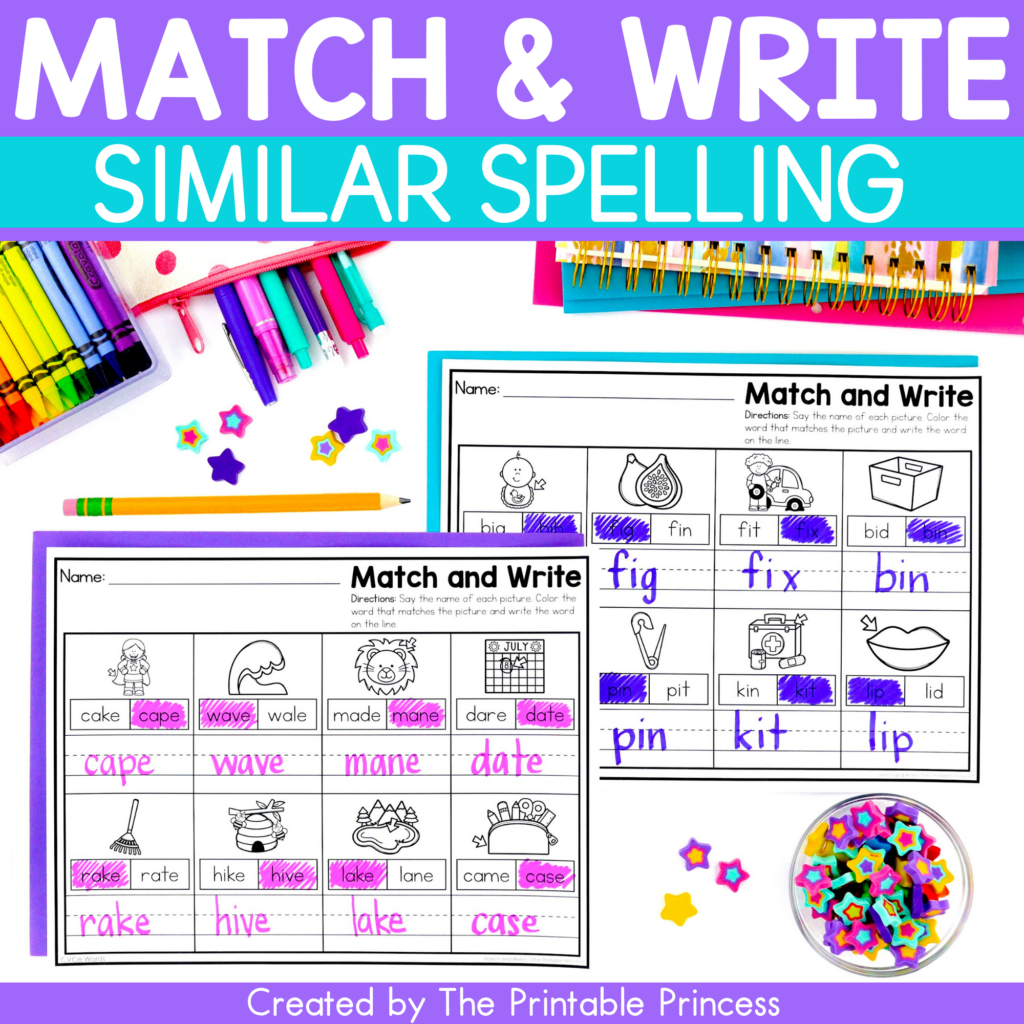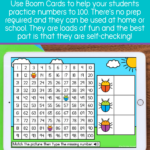8 Activities for Teaching Numbers to 100
Kindergarten math standards have a strong focus on building number sense and becoming more fluent with numbers. Students begin the year learning to count and identify numbers before moving on to teen numbers. Towards the end of kindergarten, students begin learning about even larger numbers. Help your students master this skill while having fun with these numbers to 100 activities.
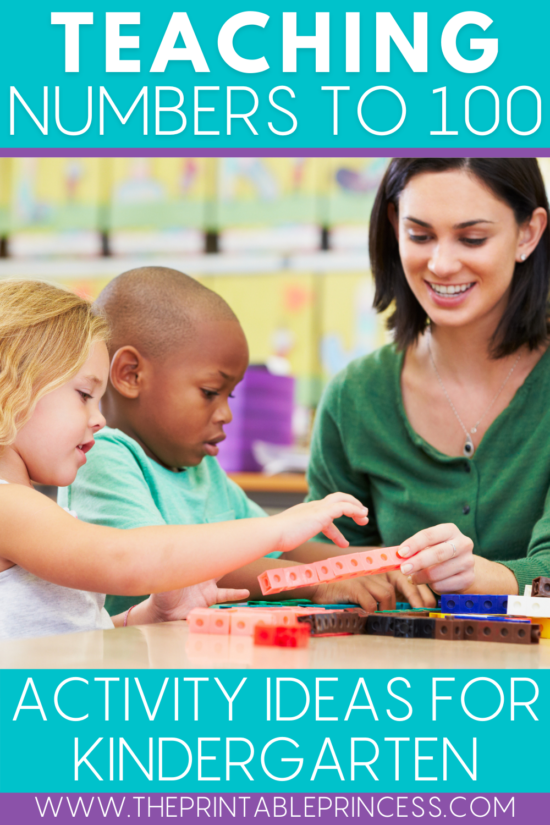
#1. Use a Pre-made 100's Chart
For this numbers to 100 activity, students are going to build number sense, match colors, problem-solve, identify number patterns, and work together as a team. Aren't these multi-skill activities the best? All you need are colored plastic math cubes and circle stickers (like those used for garage sales). This numbers to 100 activity is great for small groups or math centers.
To prep, all you need to do is grab a pre-made hundreds chart and use small sticky notes to cover most numbers, leaving random numbers blank. To begin, have students work together using colored plastic math cubes to make 10 sets of 10, each set in a different color. Students will work as a team to line up the sets of math cubes, making a 100s chart pattern on either the carpet or a table.
Next, students will take turns labeling each row of cubes with the stickers. When the whole chart is labeled, students will take turns finding a missing number and using the 100s chart to determine what the number is. They'll use a marker to fill in the missing numbers and complete the 100s chart.
To differentiate, you can leave more or less numbers blank. You can also work on number patterns by leaving the counting by 2s, 5s, or 10s numbers blank and discuss number patterns as students solve.
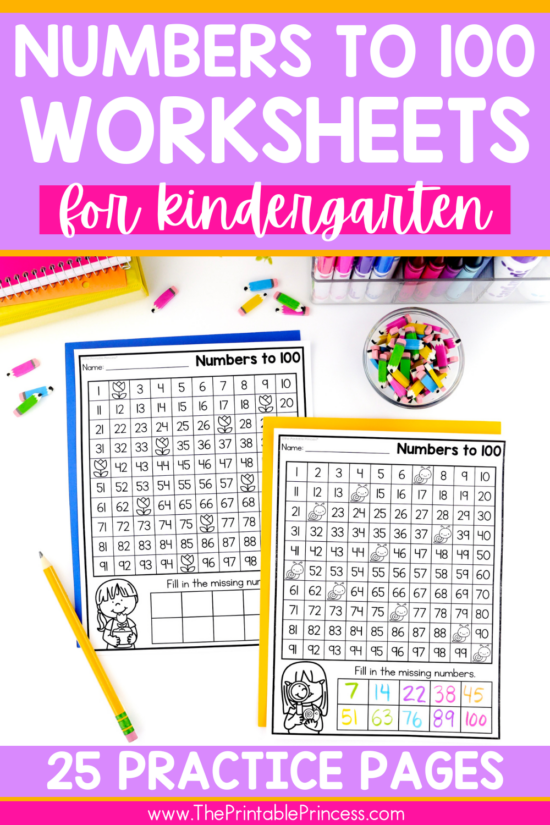
#2. Number Chart Riddles
Next up on the list of numbers to 100 activities is Number Chart Riddles. Students love solving riddles and acting as number detectives, so this activity is sure to grab their attention and keep it. To prep, simply write number riddles on notecards, such as “Find a number greater than 56 but less than 60. What number did you choose?” or “I'm less than 98 and 2 greater than 94. What am I?”
You can get creative with your number riddles and make them easier or more challenging for your students. If you use these number chart riddles as a small group warm-up game, you can make different leveled sets of riddles to differentiate for your students.
Students will use a 100s chart to determine the number, write the number on a sticky note, and cover the number. You can use a pocket chart 100s chart that you already have in your classroom, draw a 100s chart on the whiteboard, or use the math cube 100s chart from the previous activity.
#3. What's Missing?
This numbers to 100 activity is a simple, DIY math game that will help your students identify patterns in the 100s chart as they build number sense. Simply draw a 100s chart or write a string of numbers on the whiteboard. You can also use a 100s pocket chart and numbers to 100 cards. Write or fill in numbers, leaving several spots empty. You can differentiate the amount of numbers you leave blank or leave different number patterns blank.
Students will take turns choosing a blank space and either writing in the missing number or finding the number card that is missing to fill in the missing number. This is a great opportunity to identify numbers, discuss number patterns, practice counting, and work on writing larger numbers.
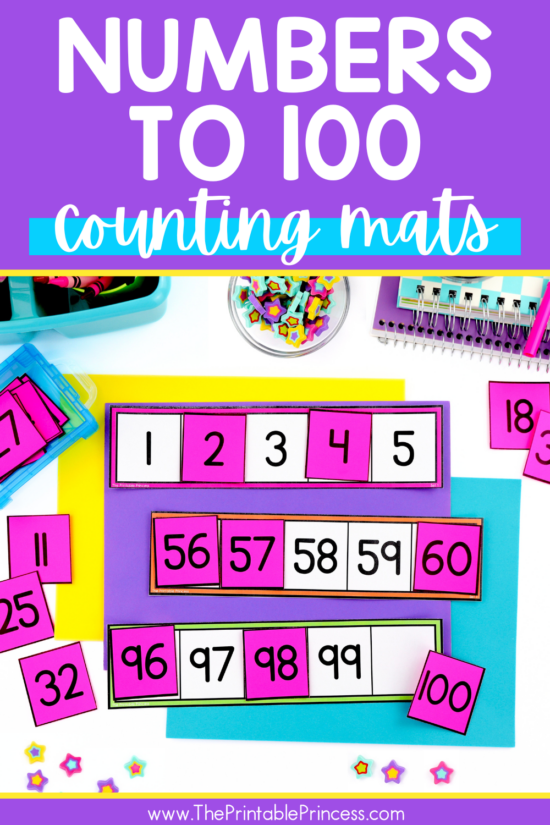
#4. Numbers to 100 STEM Challenge
Your students are going to have a blast with this STEM challenge. All you need are 100 plastic party cups. Students will work together in partners or small groups to build a tower structure using all 100 cups. As they add cups to the tower, they must count together to ensure they use all 100 cups.
You can also have students write numbers to 100 in marker on the cups as they add each cup to the tower. This is a great way to encourage critical thinking, problem-solving, cooperative learning, and creativity.
#5. Skip Counting Surprise
Break out your fun pointers for this numbers to 100 activity, because your students are going to be the teacher for this math game. Using a 100s chart either in your classroom or drawn on a whiteboard, students will take turns coming up to the chart, closing their eyes, and using a pointer to point to a number.
They'll open their eyes, say the number they landed on, and lead the whole class in skip counting by 10s down the chart. You can differentiate this activity by skip counting by 2s, 5s, or simply counting on by 1s to 100 from the number they landed on. This is a great whole group math or calendar time activity for practicing different counting patterns.
#6. Numbers to 100 Boom Cards
Are you looking for a digital, self-checking way to practice numbers to 100? Numbers to 100 Boom Cards are sure to be a class favorite. Begin by having students use the digital 100s chart to identify the 3 missing numbers and type in the correct numbers next to the pictures.
Once they're confident with this skill, they can move on to the Seashell Numbers to 100 deck where they'll drag and drop 9 different seashell number tiles onto the 100s chart to fill in the missing numbers. This is the perfect addition to your math centers to encourage independent learning.
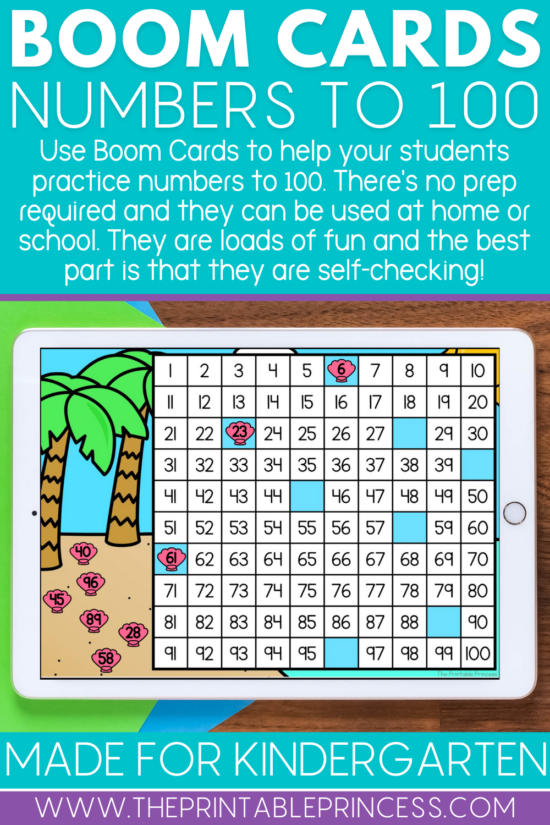
#7. Spill the Beans
This numbers to 100 activity doubles as a sweet treat for your students. To play, fill plastic party cups with different amounts of jelly beans. You can also use dry beans or mini erasers. Students will take turns choosing a cup. They'll dump their jelly beans on a paper plate and count them, organizing them into groups of 10.
Once they have all of their groups of 10 and leftover ones, they'll place the beans back into the cup, counting as they go. You can add a fine motor element by having them use jumbo tweezers to place the beans back into the cup.
After determining the number of beans, they'll write the number on a sticky note and stick it to the outside of the cup. After all students have written their number, they'll work together to arrange the cups in order from least to greatest. This would be perfect for small groups or math centers.
#8. Groups of 10
To play this game, create 10 large squares on the carpet using painters tape. You can also place 10 baskets on the floor instead. Have students work together to collect groups of 10 objects from around the room to place in each square. For example, they can fill one square with 10 markers, another with 10 blocks, and so on. After each square is full, practice counting by 1s and 10s to 100 as a class.
I hope you enjoyed reading about these 8 numbers to 100 activities and will incorporate them into your math lessons. Comment below which activity you're trying first with your students.

